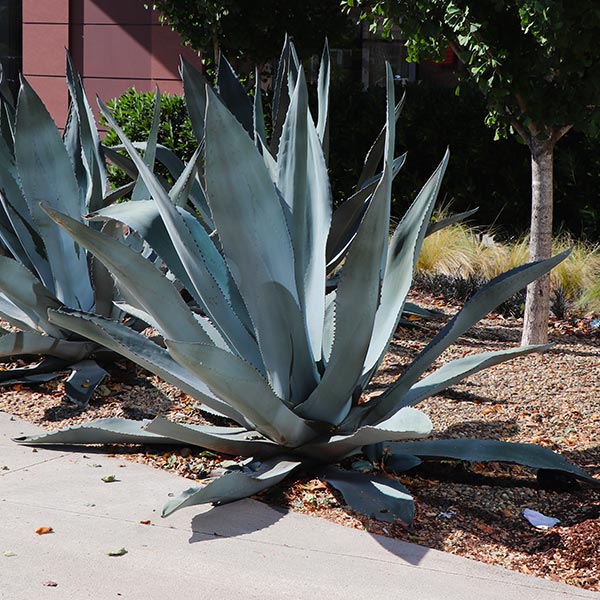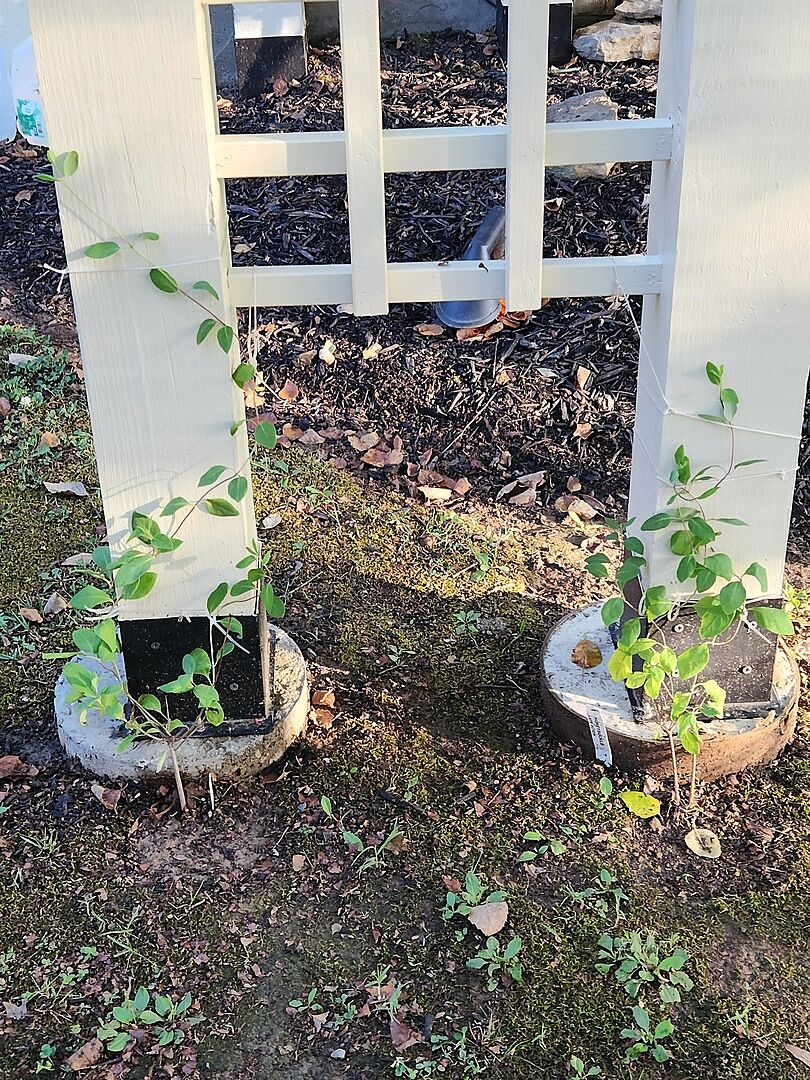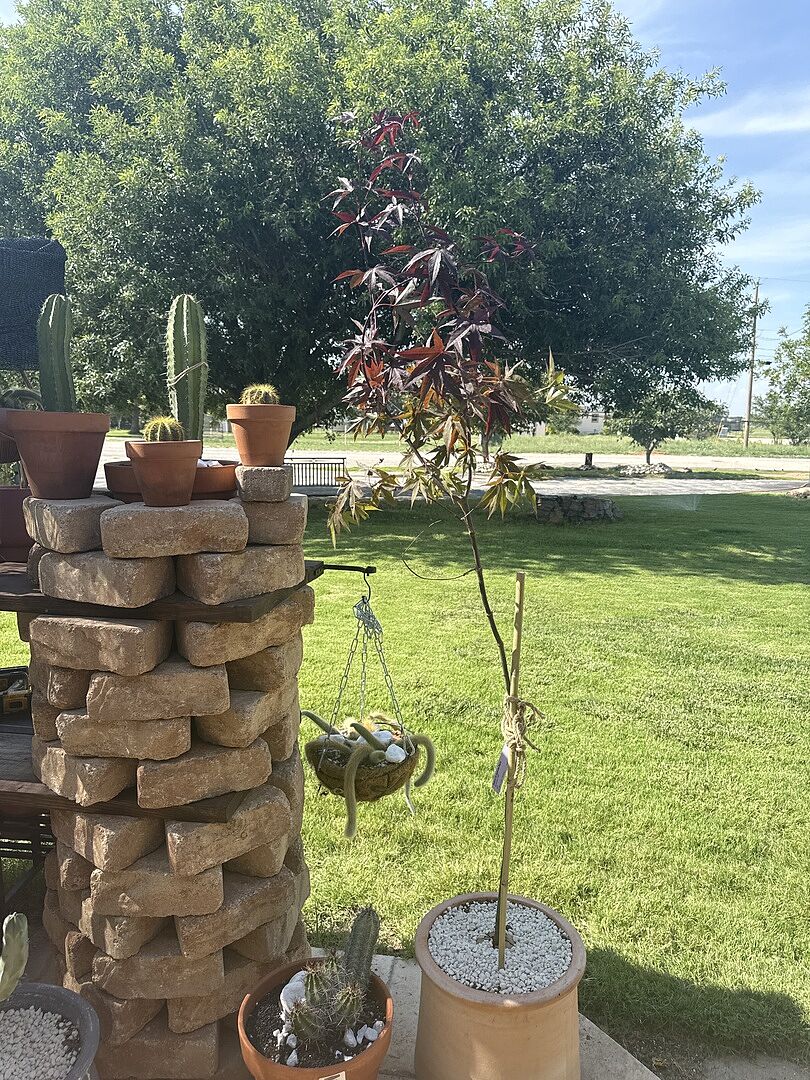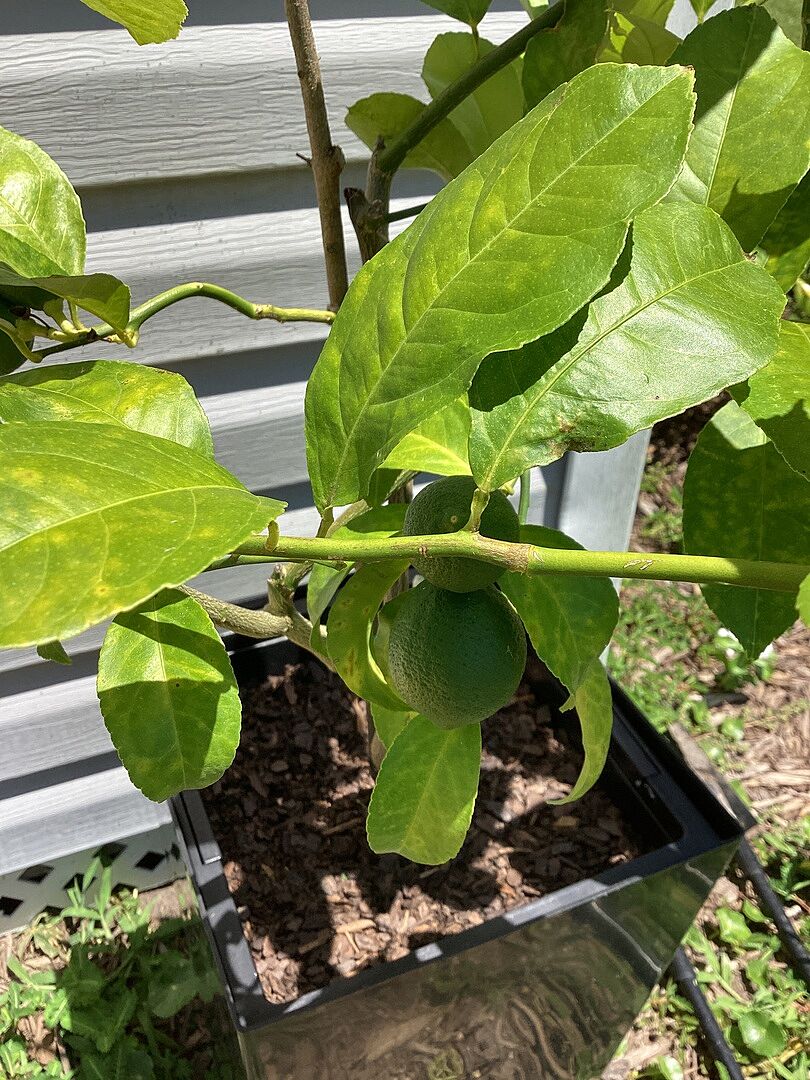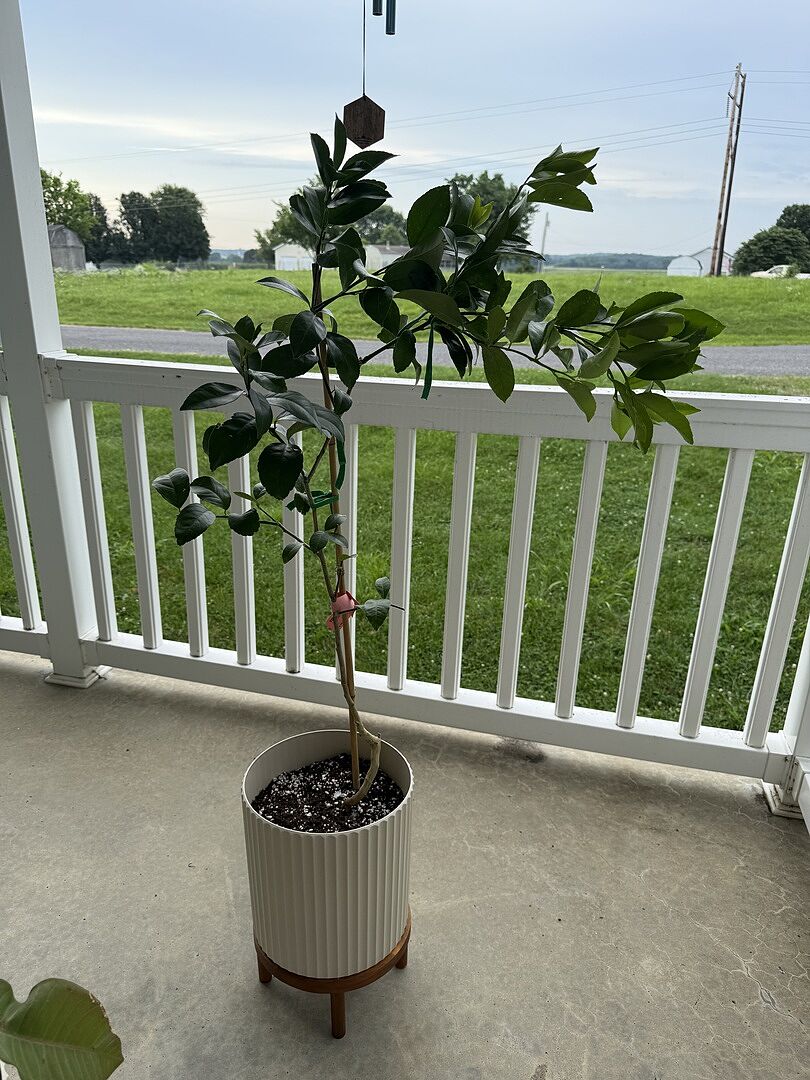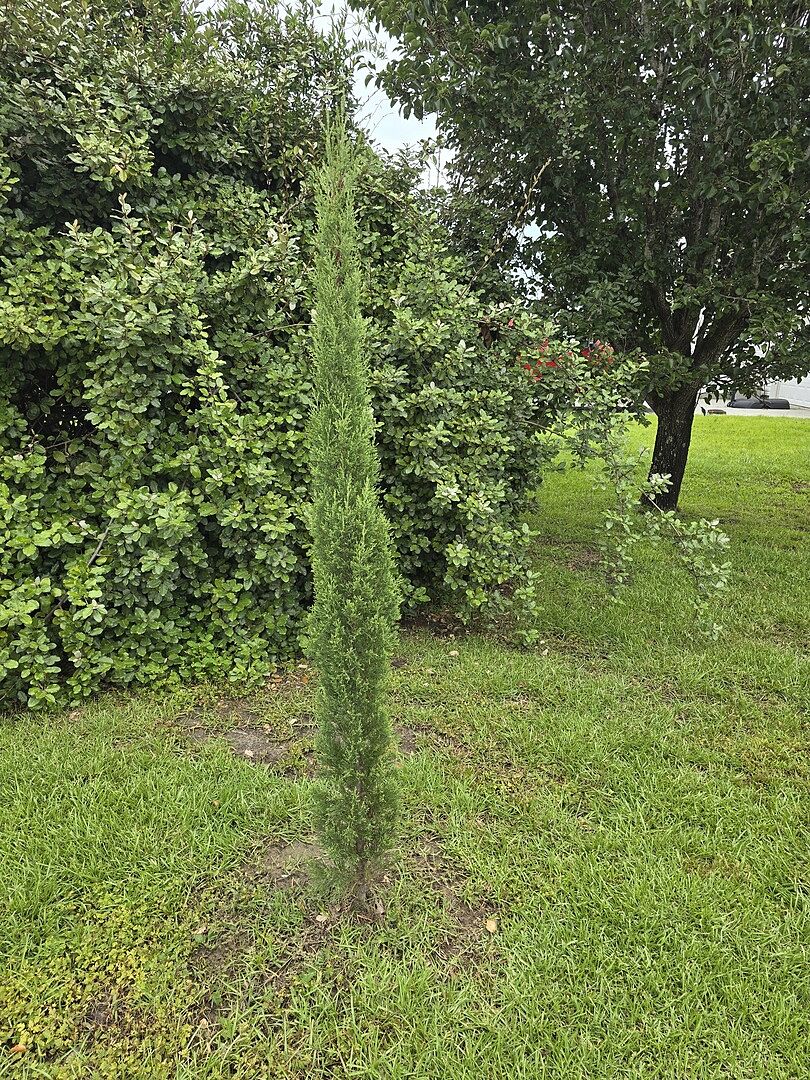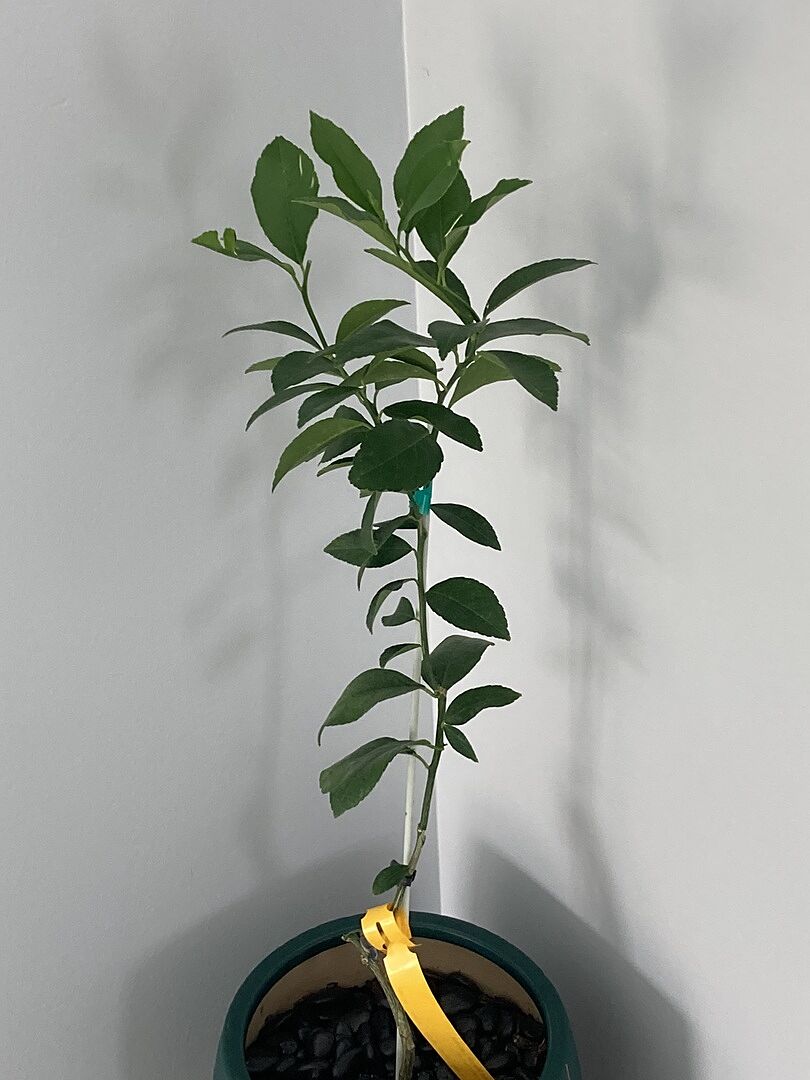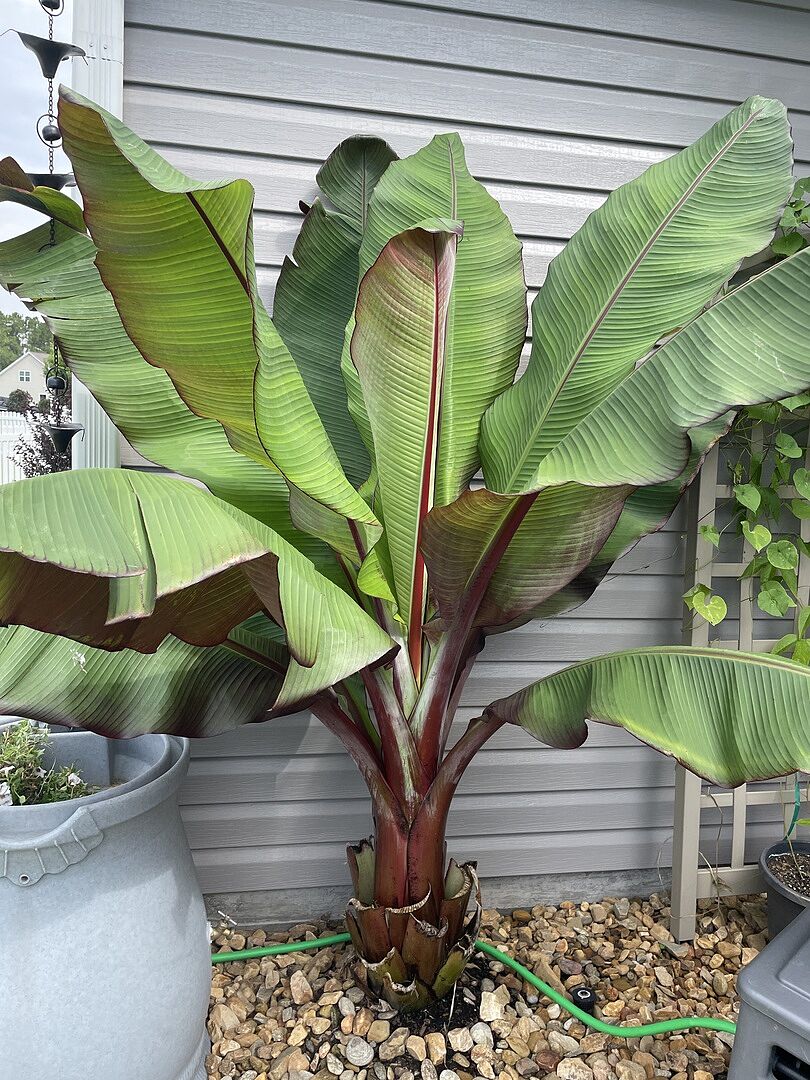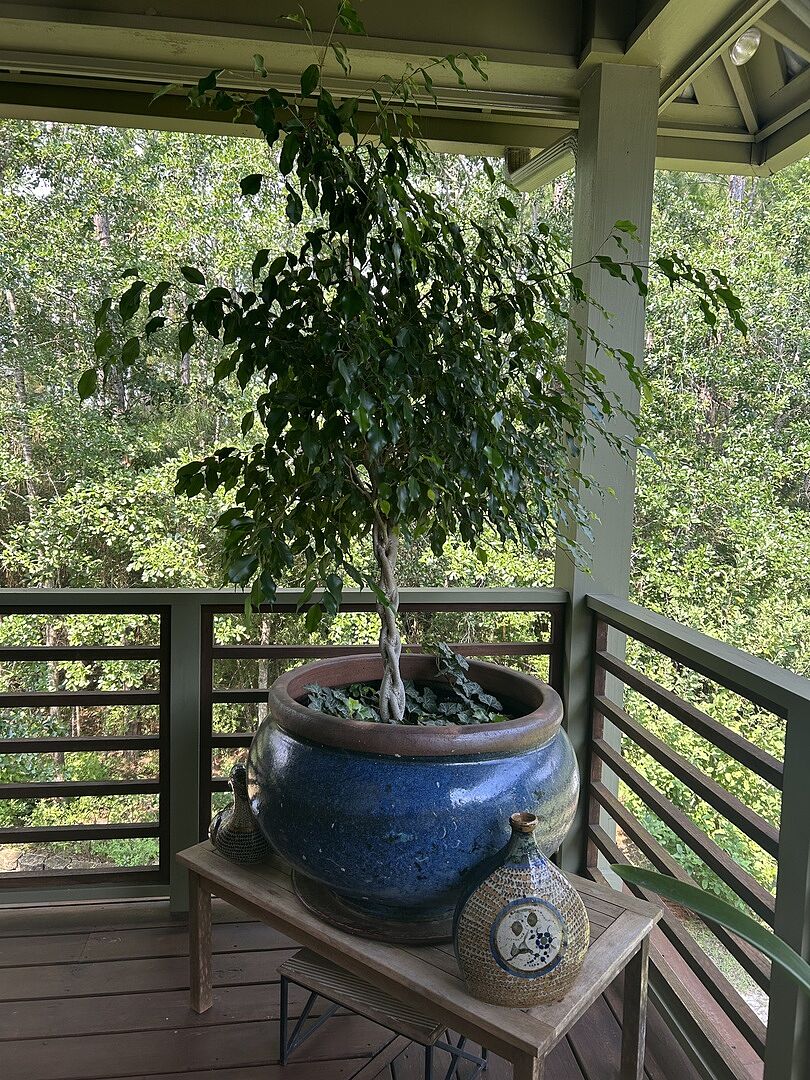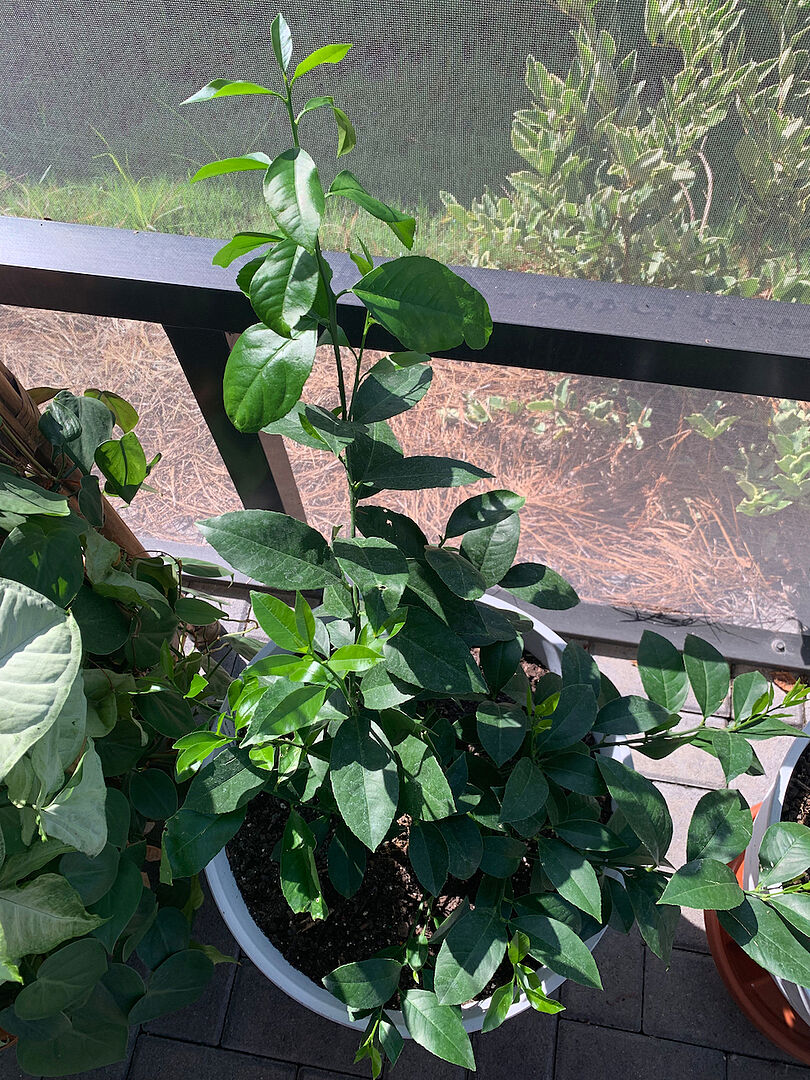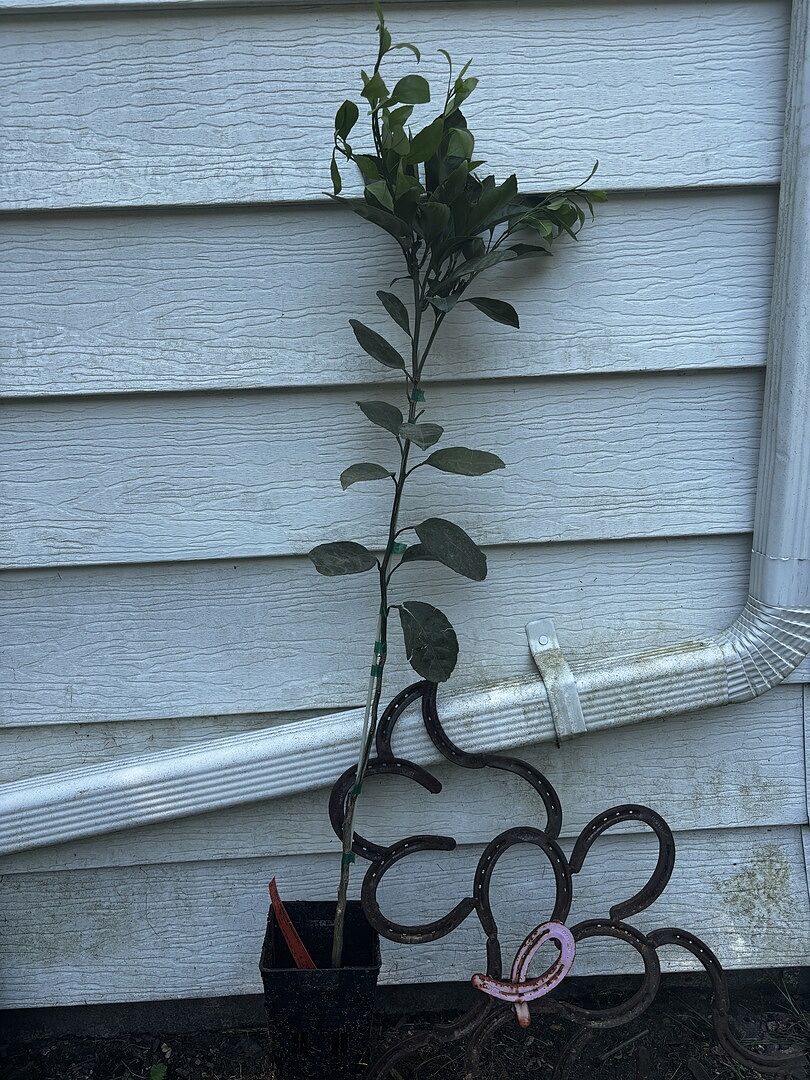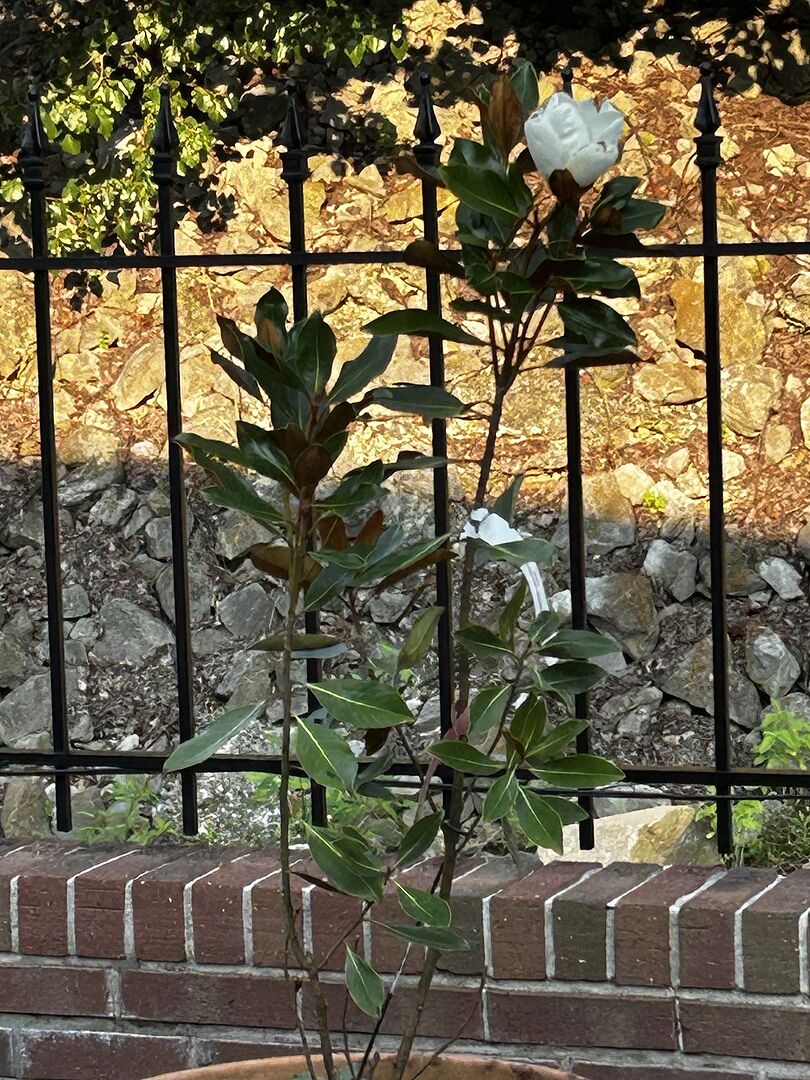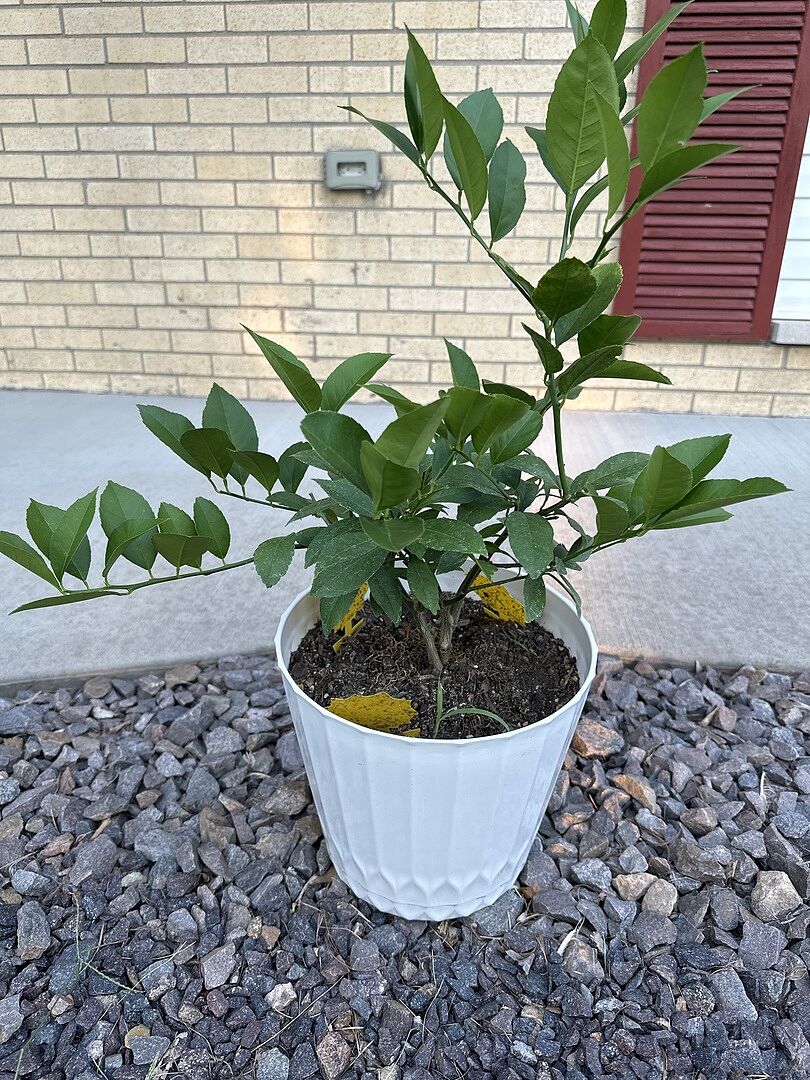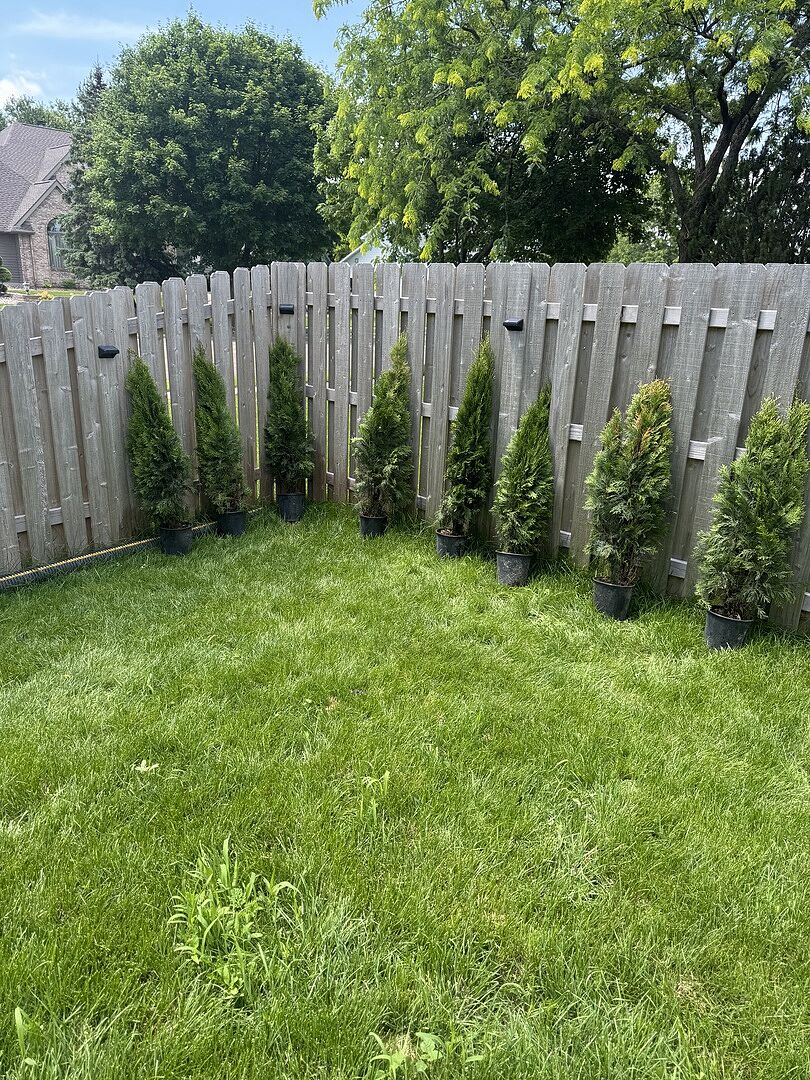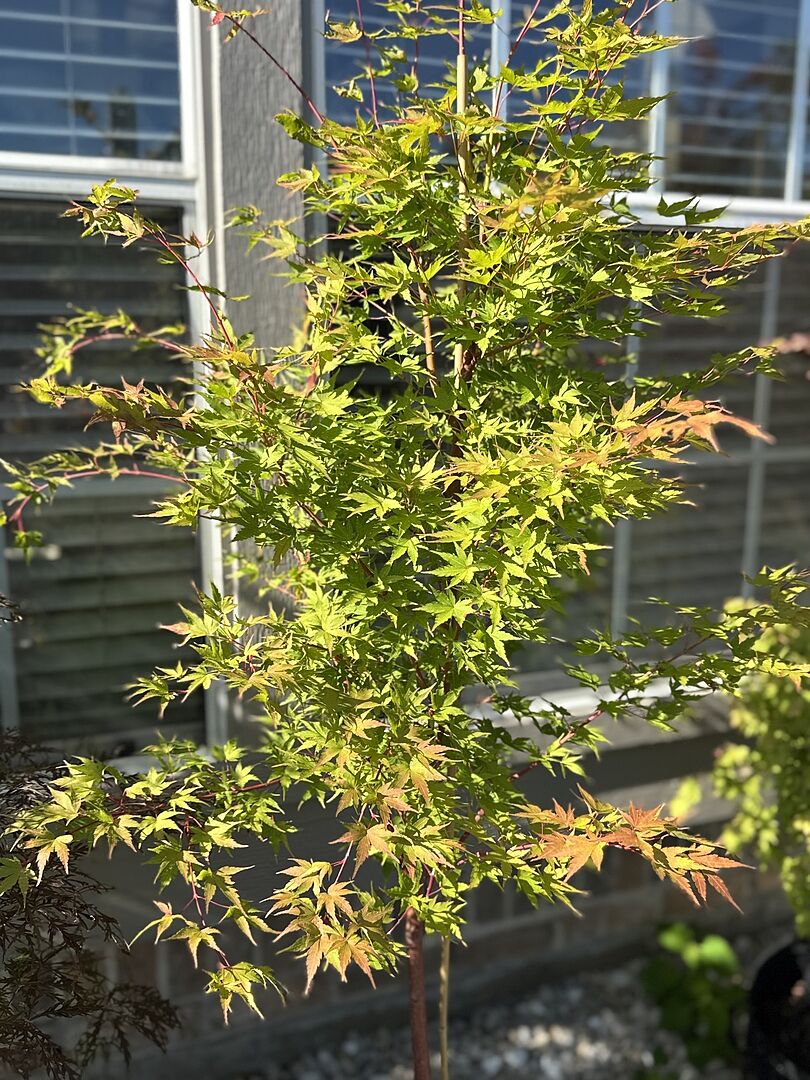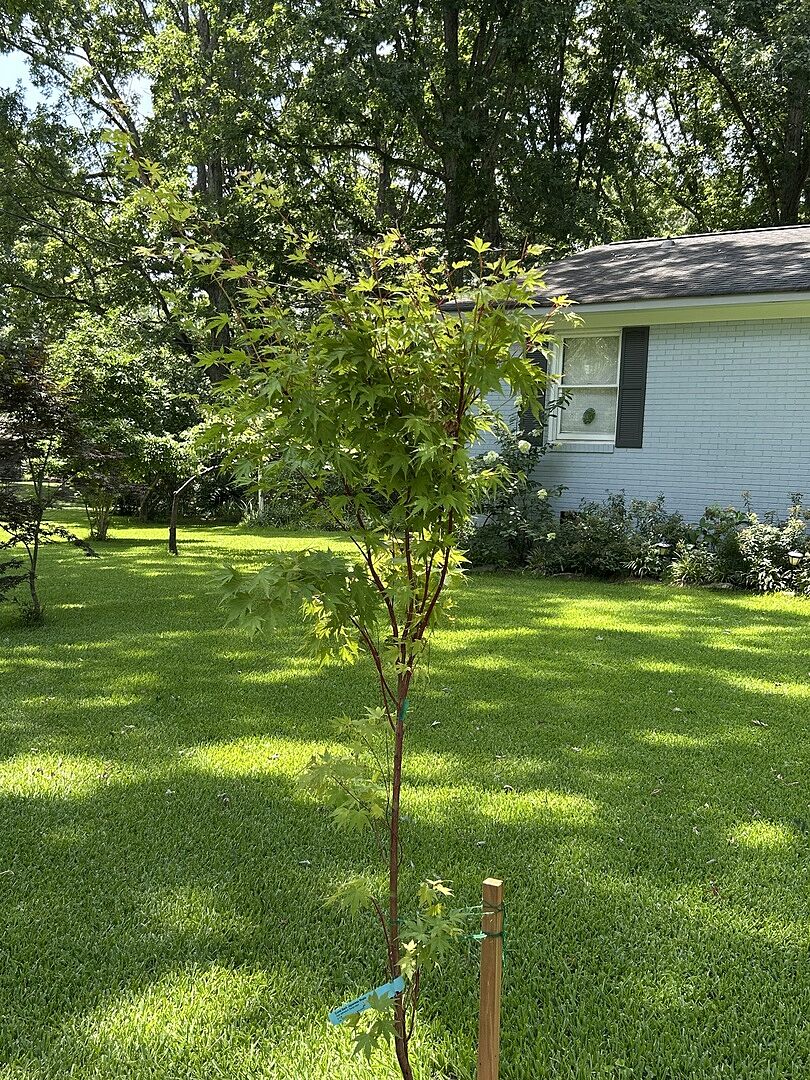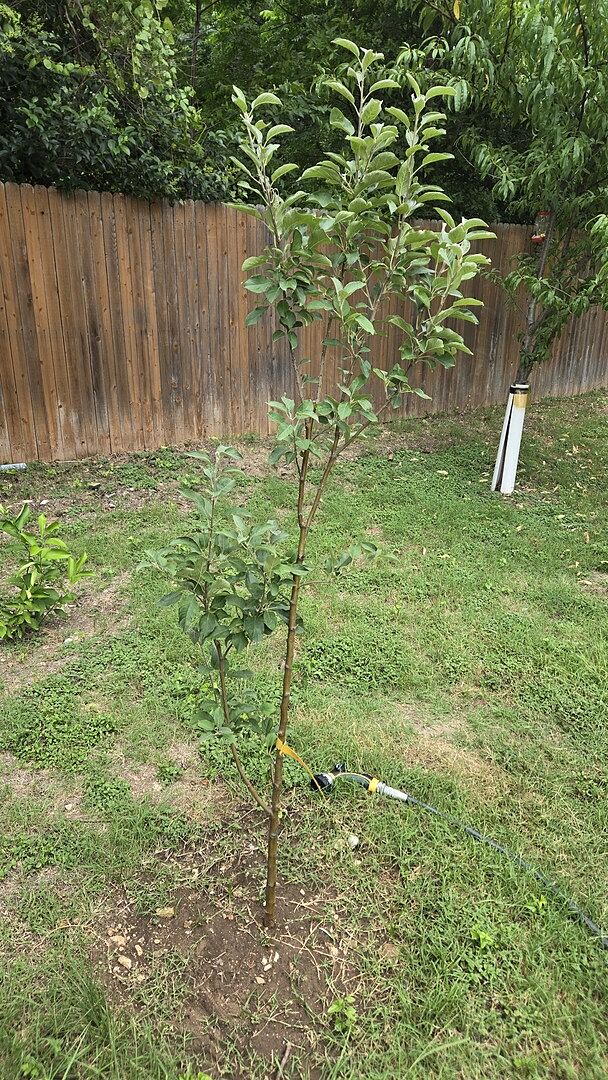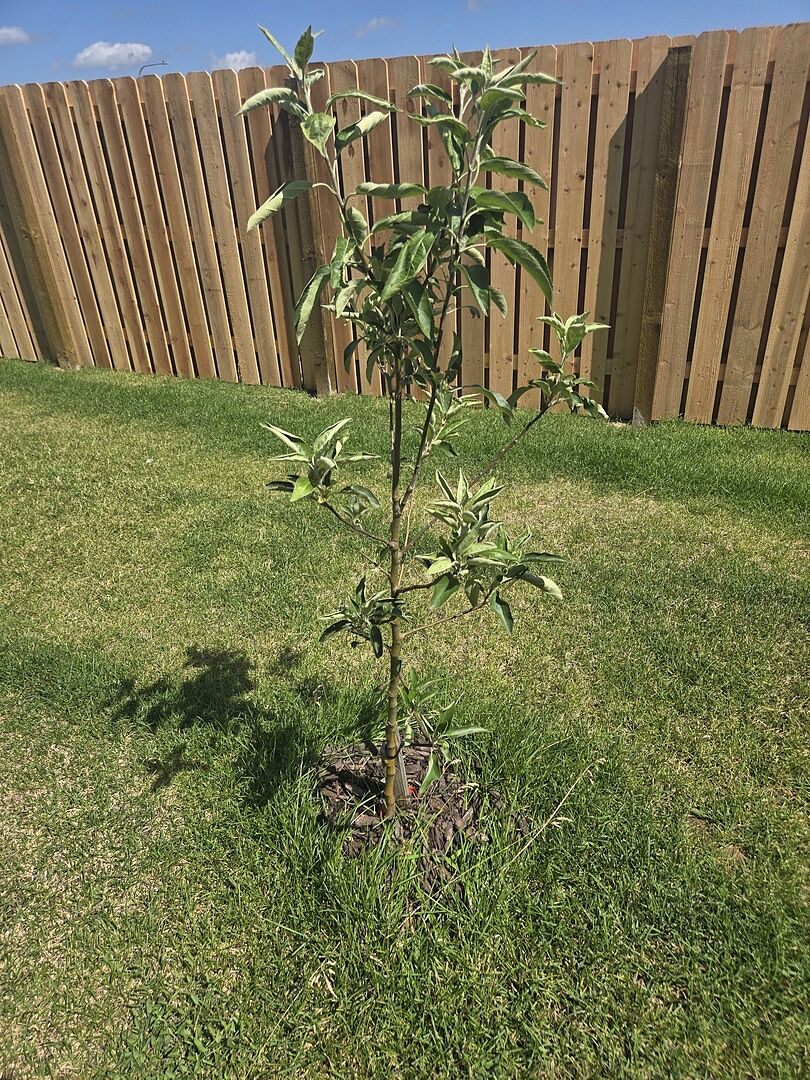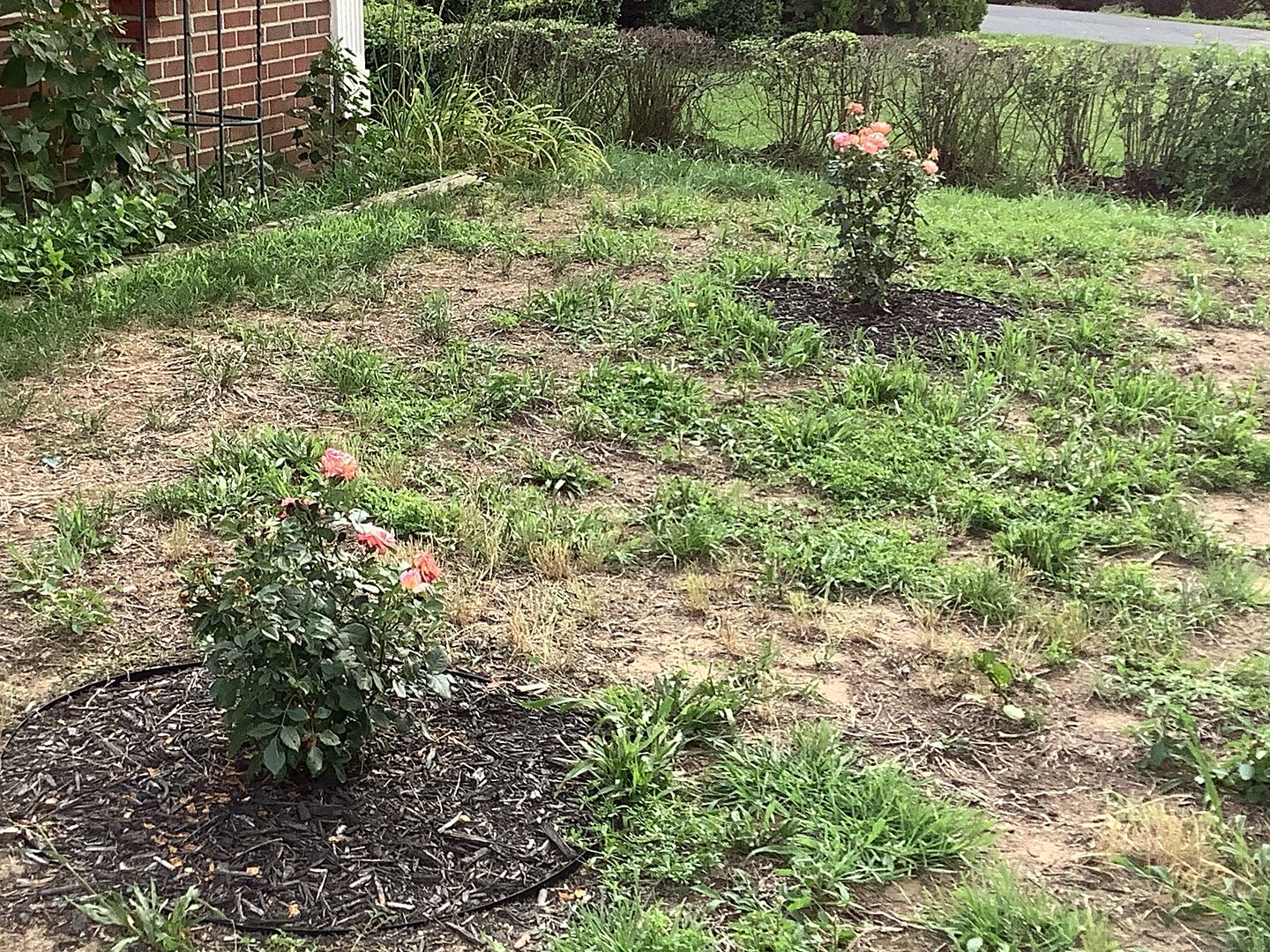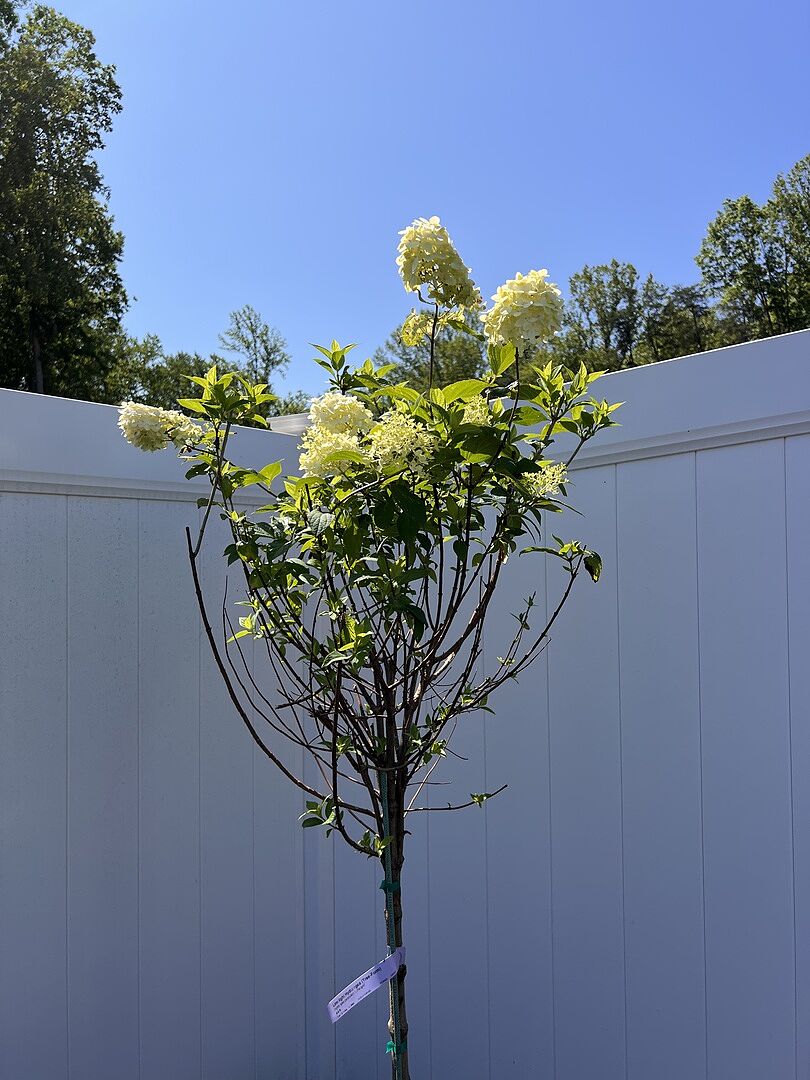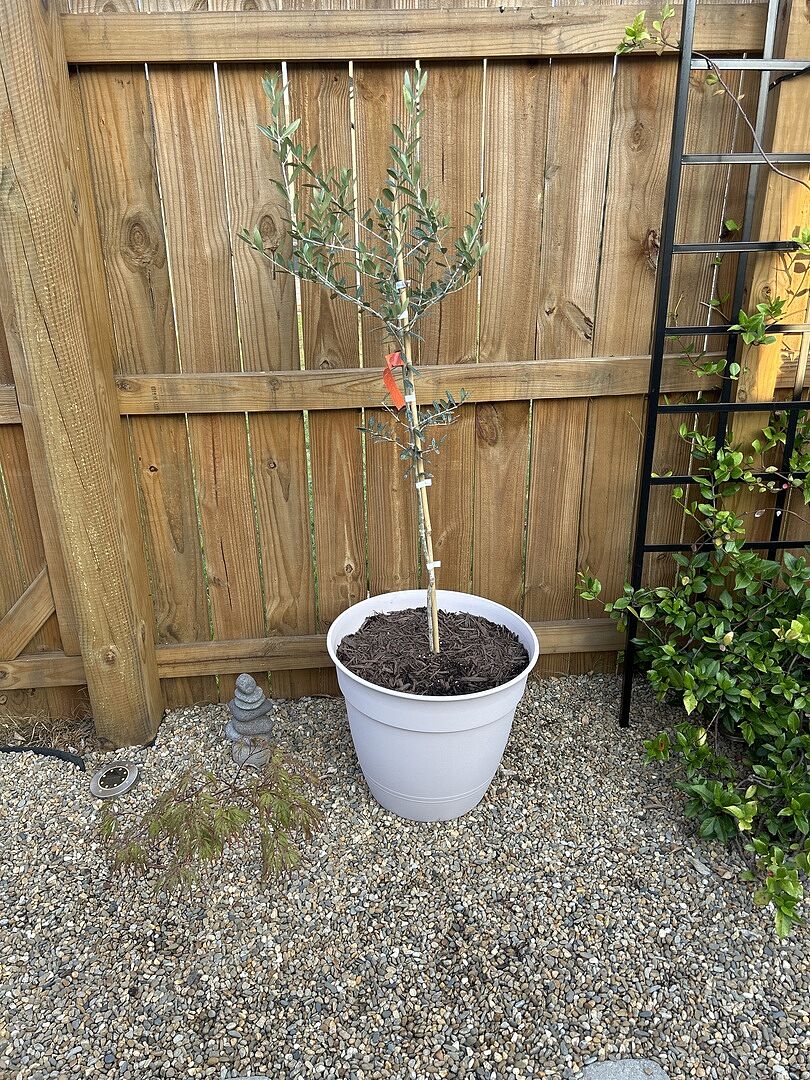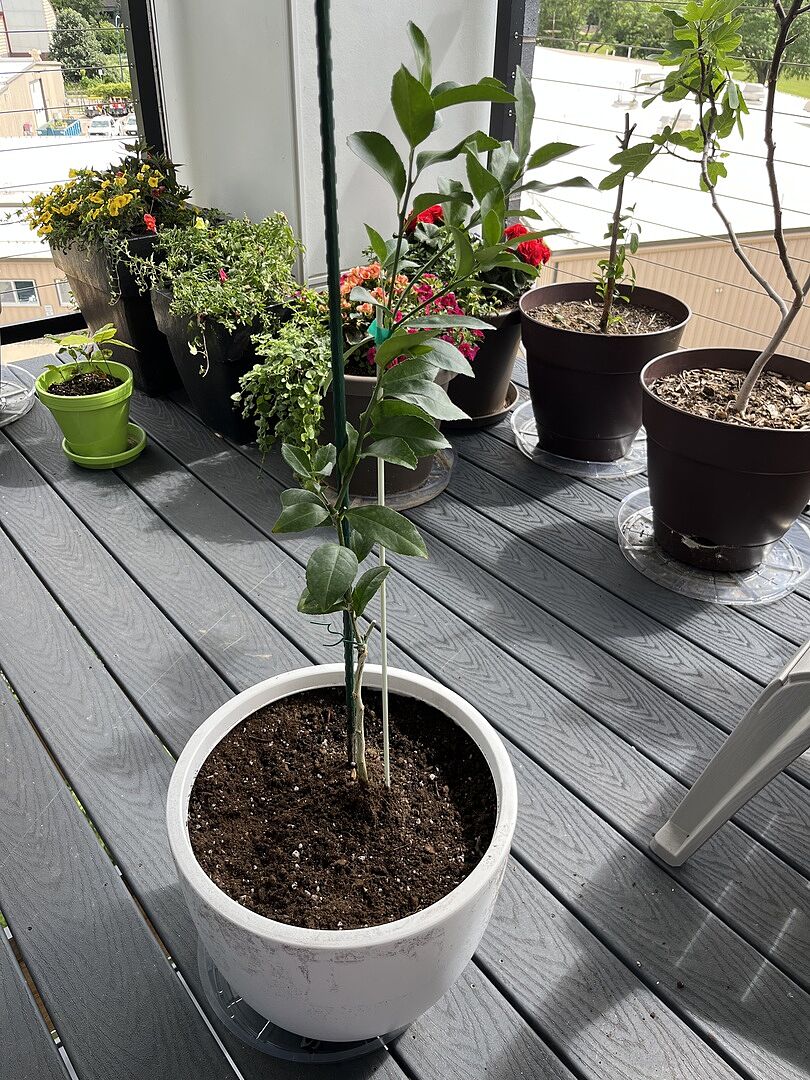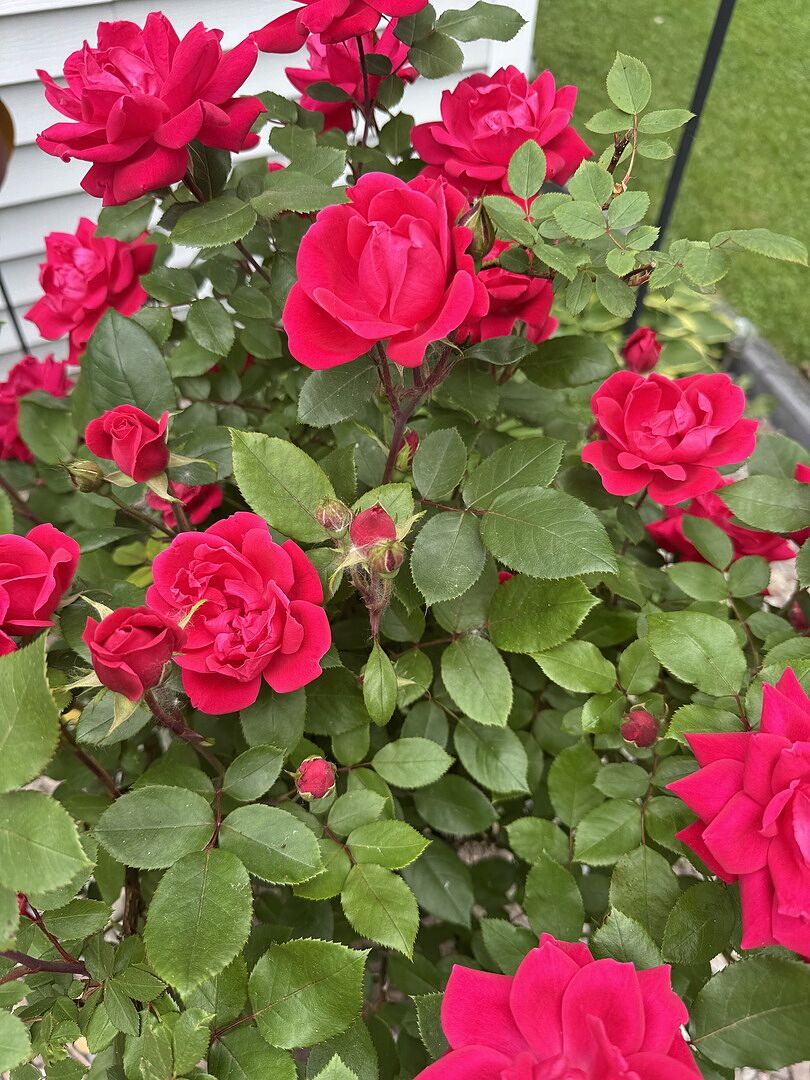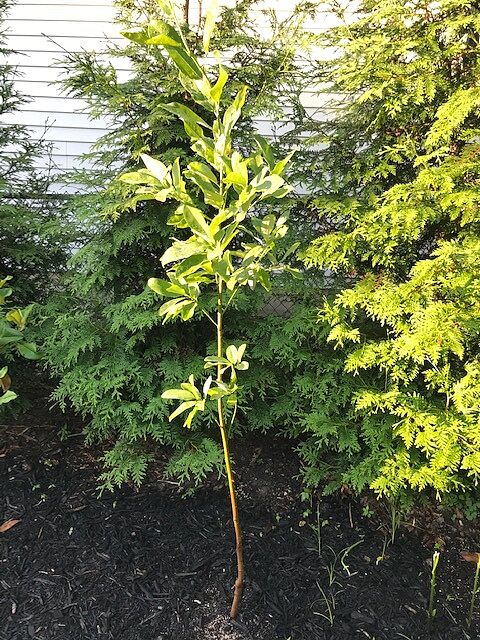Winter Plant Care: How to Prepare Your Patio and House Plants for Winter

Last updated: Oct 29 2021

With winter on the horizon, it’s important to think about the care and attention that your house and patio plants will need to thrive through the colder months. While many plants are cold-hardy, others prefer warm, tropical environments and will need special care to stay happy and healthy.
Whether it's delicate tropical plants, beautiful porch ferns, or succulents that thrive in the summer sun, they'll all need some winter preparation. Read on to learn what you need to do to ready your house and patio plants for the winter season!
How to Overwinter Patio Plants
Harsh winter temperatures can impact summer patio plants that are either tropical or tender. Even in areas where outside temperatures may seem safe, winds can lower temperatures beyond what these plants can handle.
The easiest way to protect patio plants is to bring them inside. Placing pots on wheeled castors or using light weight plastic containers can make moving the plants into your house much more manageable, especially if you have large tropical plants.
Before moving plants inside, check for insects or other critters that might be hiding in them that you wouldn't want getting in your house. Before the first frost is an excellent time to treat your plant with an organic insecticide, if needed, before bringing it inside. Once your plants are inside, be sure to follow your plant's care recommendations to make sure they stay healthy and happy.

Common tender or tropical plants to bring inside include:
- Fiddle Leaf Figs
- Orchids
- Certain Ferns
- Banana Trees (like the Ice Cream Banana Tree pictured below)
- Norfolk Island Pines (pictured above)
- Rubber Plants
- Succulents
Make sure these plants and other tender perennials never experience extreme temperature drops. To avoid damage to your plants, keep an eye on your nighttime temperatures and make sure to bring them inside before temperatures reach lower than 40 degrees. Keeping them outside even one day during a steep temperature drop can result in cold-damaged leaves and stress.
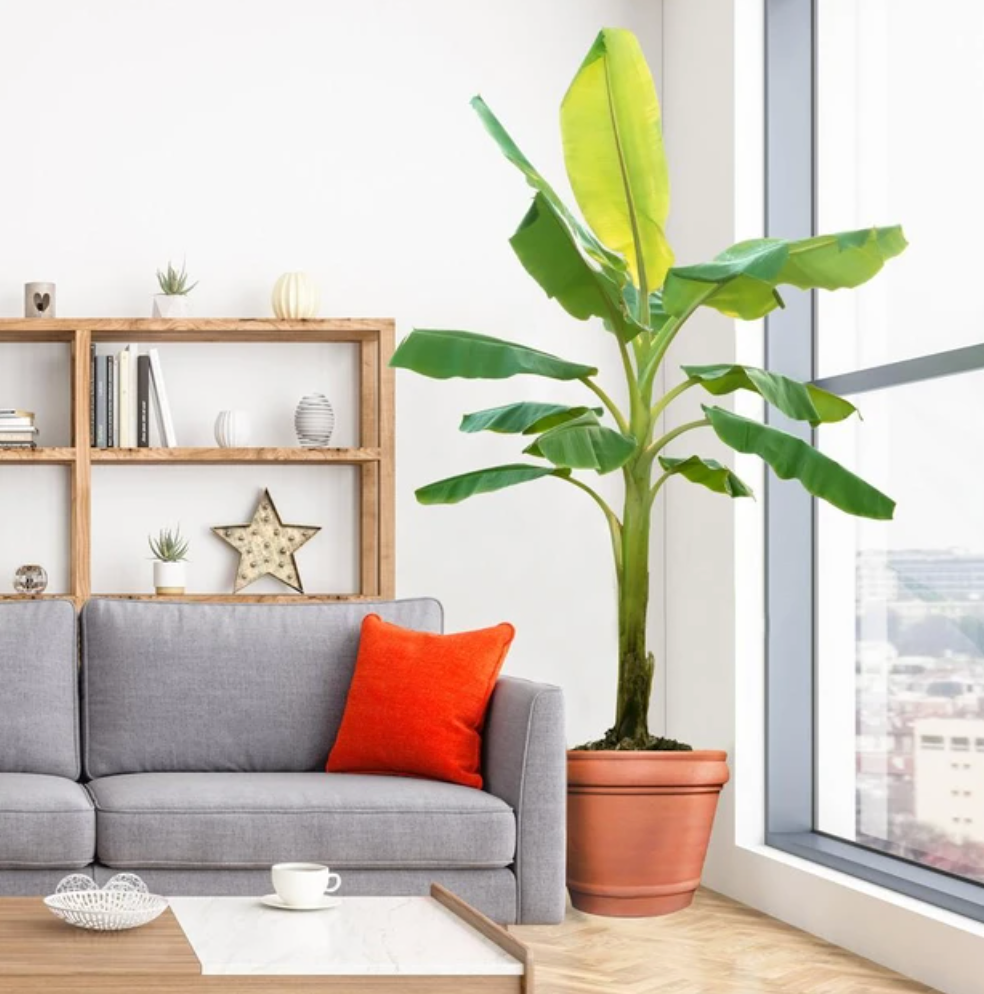
Large or Semi-Hardy Plant Care
Some larger or hardier plants can withstand lower temperatures with the right covering or protection. Bring these potted plants onto a covered patio, or place them in an unheated garage to protect them from frost and long-lasting freezing temperatures in winter. You can also cut back plants that experience winter dormancy and cover them with a thick layer of mulch to help insulate them.
Plants that go dormant in winter include:
- Alocasias (Tiny Dancer pictured below)
- Cannas
- Dahlias
- Lilies

If you live in an area with only intermittent freezes, you can put up a temporary greenhouse with plastic and a simple frame, or wrap plants in a breathable cloth like burlap before any hard frost (try our Planket for the perfect lightweight, protective covering!). When covering your plant, be sure not to wrap it too tight, as your plant still needs airflow.
And don't forget about the roots! Roots like to stay warm, and while soil is a very good insulator, most container plants can get cold fast. Prevent root damage by also wrapping your container in something like a tarp to help trap in heat.
In places like the midwest with strong winds, consider staking your trees for added stability, investing in some insulated pots, and setting up a temporary windbreak to shelter younger trees trying to establish in your yard. This will help reduce breakage and keep your plants in tip-top shape.

Planket™ (Frost & Cold Protection)
Winter Care for Indoor Plants
You aren't done with plants just because you bring them inside! Winter conditions in our homes can also cause distress for tropical or humidity-loving plants, leaving you with brown leaves or dead plants.
Follow these steps to ensure your house plants stay healthy and thriving:
- Choose a spot away from any vents: Cold drafts or dry heated air can cause damage.
- Watch your humidity: Plants like ferns or orchids may need an extra boost of humidity to overwinter. A small humidifier works, but you can also leave a bowl of water nearby. Placing the plant on a tray with pebbles and water (keeping it away from the roots!) will also work well.
- Maintain consistent light: Plants like citrus trees, succulents, and some tropical plants still require high light. Place them near windows, but watch out for sunburn. Sunlight filtering through a window may be too strong. If that’s the case, try moving them about a foot away from the window.
- Avoid fertilization during dormancy: Plants coming inside for winter may experience a period of slowed growth. There's no need to fertilize now because you may cause root damage or stress the plant. If your house plants stay inside all the time, fertilize only if you notice new growth.
- Water carefully: Sun and heat outside may make plants thirsty. However, once you bring them inside, most plants won't need as much water. Instead of sticking to a strict schedule, get in the habit of watching for the topsoil to dry. When it's dry up to your first finger knuckle, water your plant, adjusting as necessary.
- Don't panic: It's normal for plants to lose some leaves when adjusting to a new environment. Instead of fussing, which may cause you to over-care for your plant, pay attention to light, humidity, and water, and give plants time to recover.
What to Do as Spring Approaches
Once the threat of winter is over, you can't just move plants back outside immediately. Instead, take the process slowly to allow them to adjust back to their new environment. You’ll want to look up your last frost date to find the ideal time to start transitioning them back outside in your area. Then, follow these steps to transition them:
- Start slow: As temperatures climb, you can begin on a warmer day and leave plants for a few hours outside. Avoid leaving them out completely until temperatures reach above 60 degrees or so consistently.
- Watch for growth: New growth suggests the plant is ready to come out of dormancy. You can begin fertilization once that happens.
- Take a close look: Evaluate all your plants once winter is over. Some of them may need gentle pruning, and others might need a bigger pot. Take care of any bugs before they go outside for good. Spring is a great time to handle all these special adjustments.
Just remember, the best thing you can do is allow plants to adjust slowly to any new environment. This will ensure your plants don’t get shocked and can fully reacclimate to the outdoors. It also prepares them for producing any new growth above and below the soil.
Some Frequently Asked Questions
Caring for plants doesn't have to be stressful. Check out the common questions and answers below to help successfully get your house and patio plants through winter.
Question: Do house plants go dormant in the winter?
Answer: Some house plants will experience dormancy while indoors, but it may not be right at wintertime like outdoor plants. The environment inside your home is steady and unlikely to trigger dormancy, so the plant may experience dormancy whenever it's ready instead of seasonally.
Some plants, such as Oxalis, will die back completely when it's ready to go dormant. These plants do best without water or light for at least six weeks. Place them in a cool, dark place such as your garage or basement. Then, bring them out and water a little at a time, watching for new growth.
Other plants may not experience such dramatic dormancy but could go through a period where no new growth occurs. In this case, gently back off fertilizer until you see new growth on the plant. Some plants may not follow a pattern when brought indoors, so try to observe your plant to match its specific needs.

Question: How do I keep plants warm in the winter?
Answer: Good news! Most homes are warm enough during the winter, so plants won't require anything special to stay warm. Watch out for cold drafts underneath doors or near vents, for example, and keep plants from touching windows, as the cold may damage leaves that come in contact.
Question: How do I keep my plants watered indoors?
Answer: Most plants won’t need as much water once you move them indoors, but again, you’ll want to check your soil frequently. Typically, when it's dry up to your first finger knuckle, it’s time to water. For tropical plants in more humid areas, a fine mist a couple of times a week is beneficial, especially since heating in the home can be drying.
Winter Care for Springtime Success
Just remember the two most important things for keeping house and patio plants safe over winter: patience and thoughtfulness. Start bringing plants in slowly and put them back outside slowly. Watch for signs of distress, and carefully adjust inside conditions so they can thrive. Make sure that no matter what you do, you don't panic and over-care, over-water, over-fertilize, or over-prune.
If you follow our tips and tricks, you’ll be handling wintertime care with cool confidence and setting your plants up for springtime success!
For more winter care tips, check out these resources:

Written by
Sarah Logie
As Content Strategist at FastGrowingTrees.com, Sarah is smitten with words and a fanatic for flowers, particularly cut florals and house plants. With a love for curating compelling content, she also enjoys furthering her plant knowledge along the way! A few of her favorite flowers include hibiscus, hydrangeas, peonies and dahlias.
Sarah’s fondness for plants was cultivated through many childhood trips to Longwood Gardens in southeastern Pennsylvania, as well as through her first job out of college at a floral event design company. In her free time, catch her snapping photos of anything and everything, day-dreaming about interior decor, and enjoying the outdoors any chance she gets.












